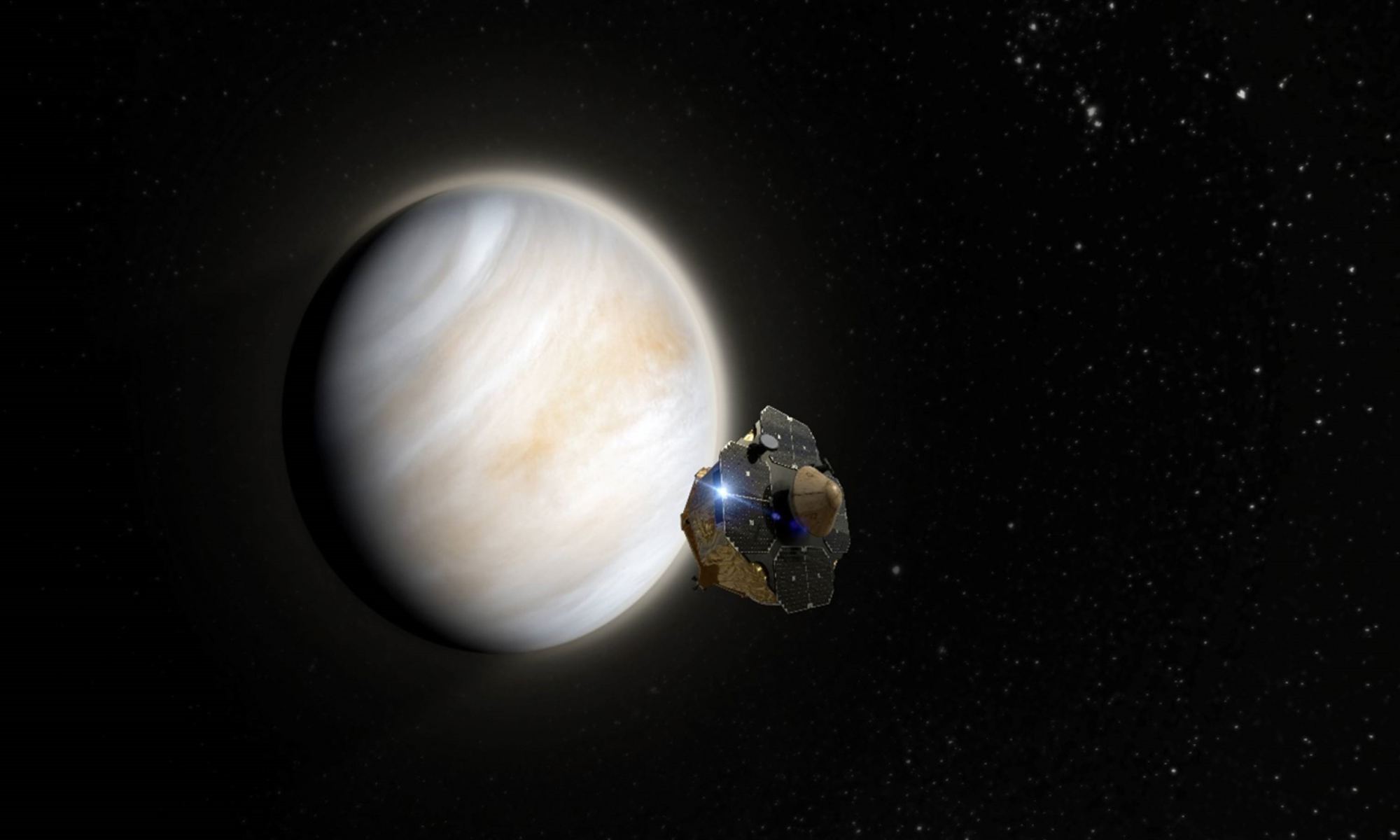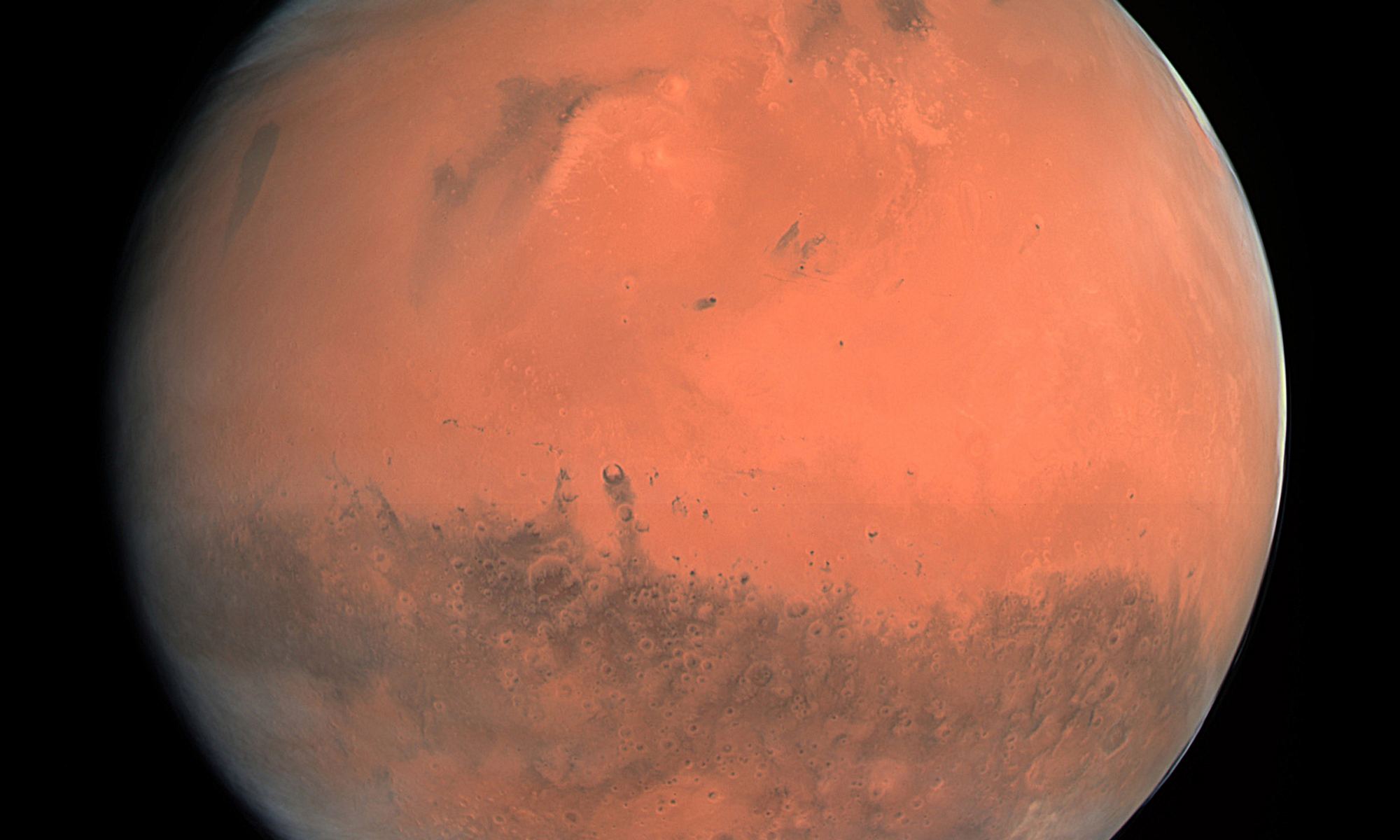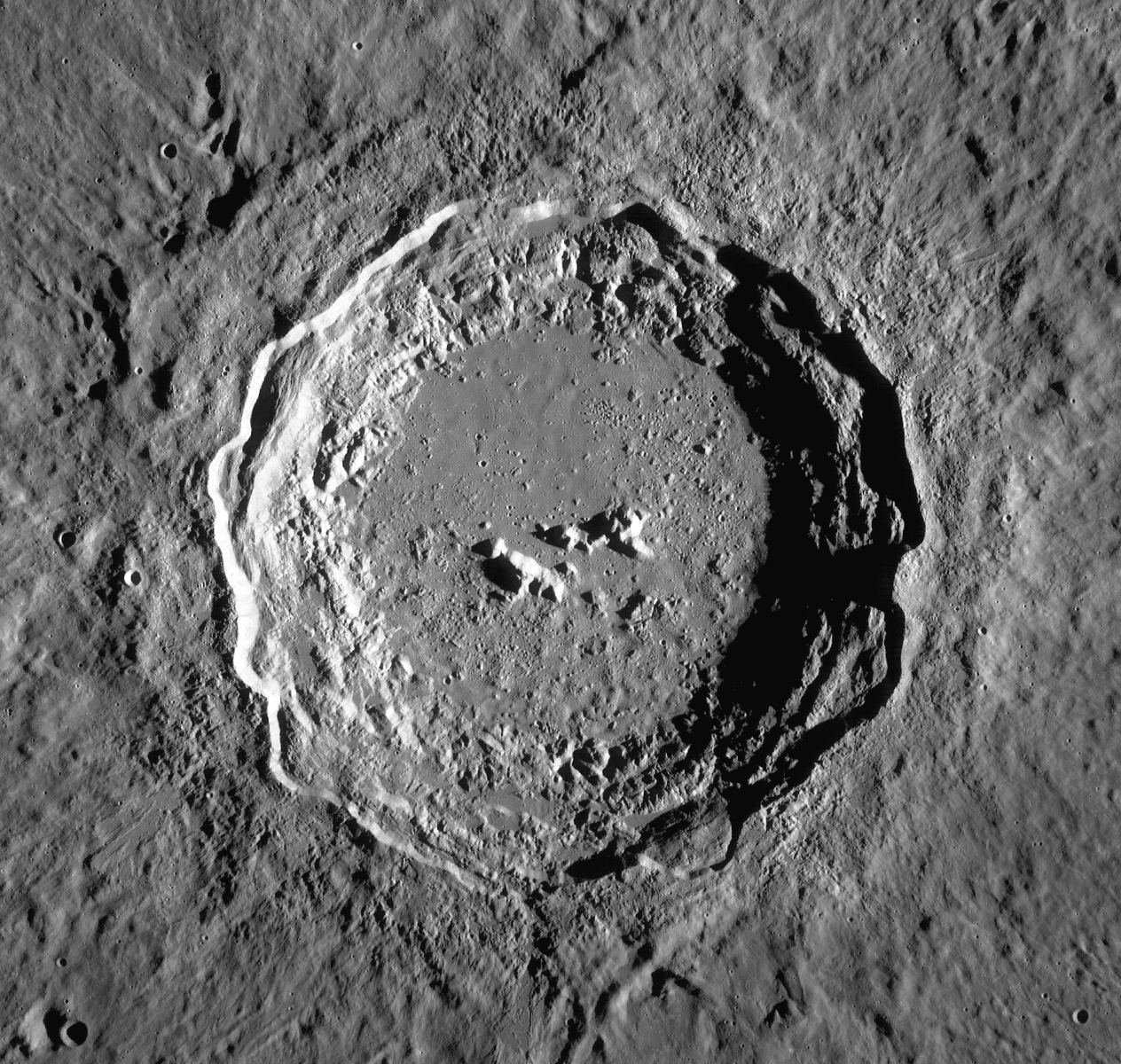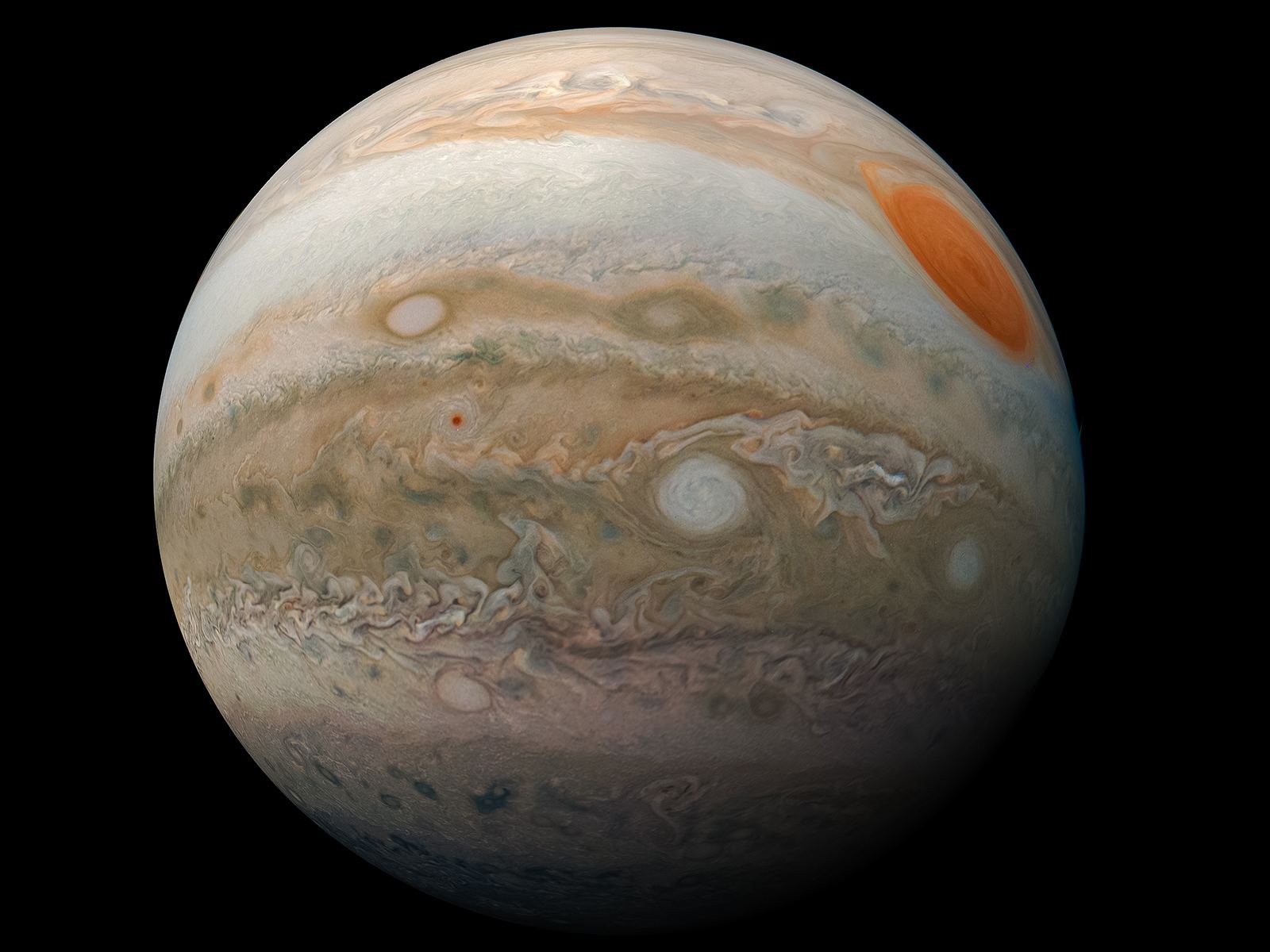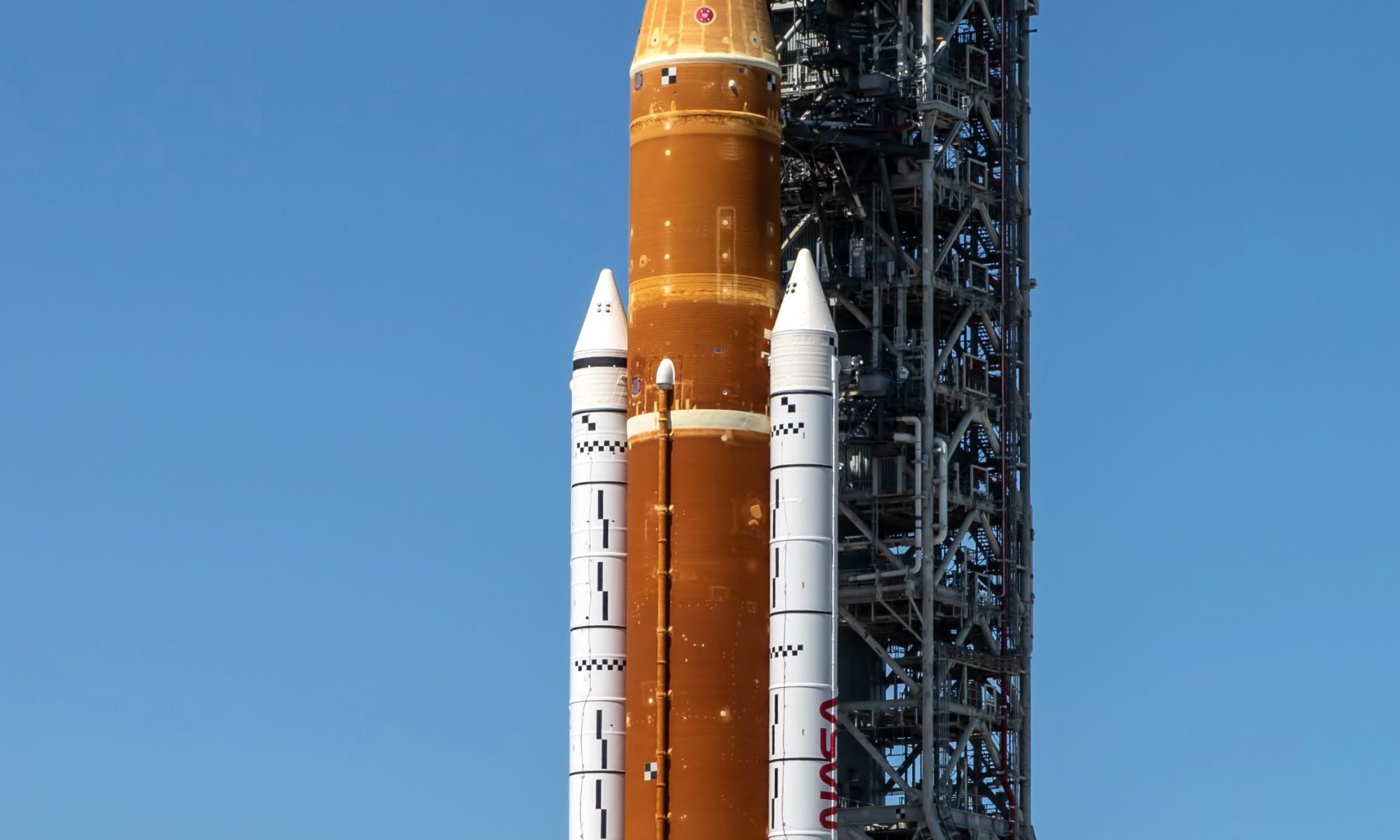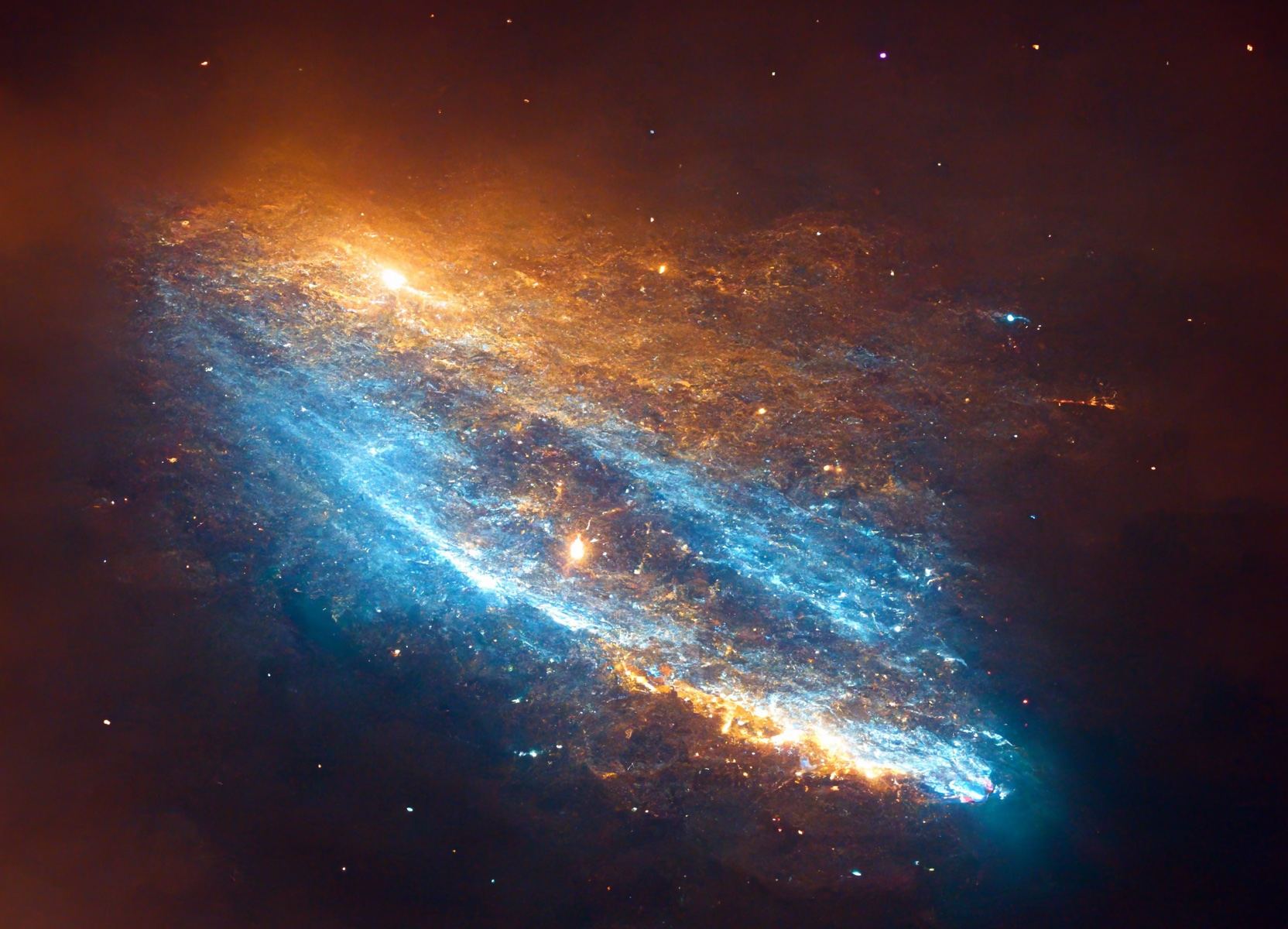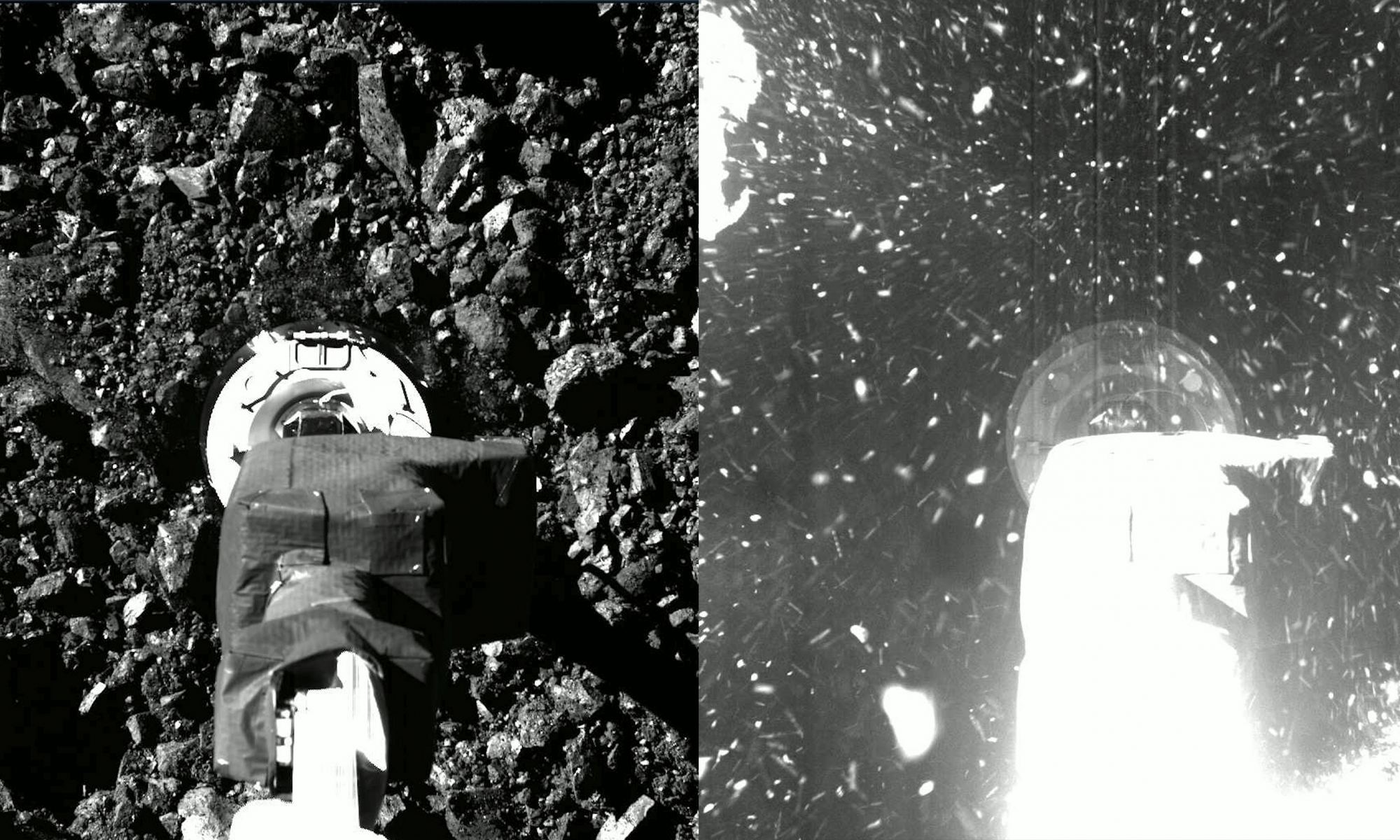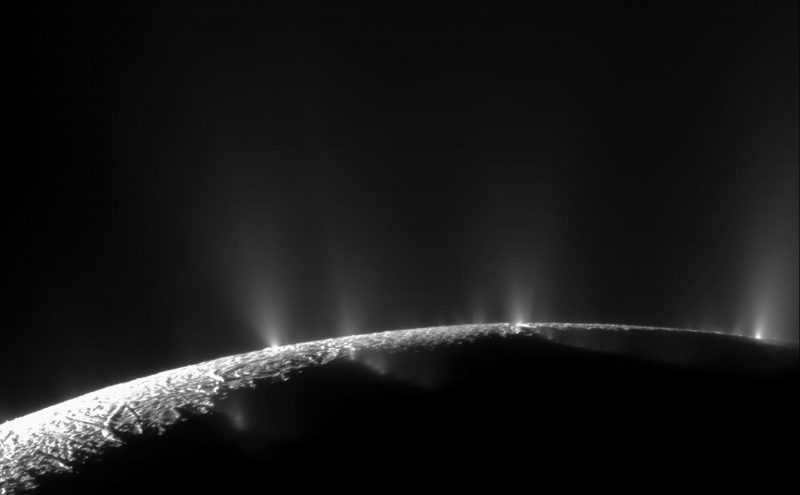In a recent study published in Instrumentation and Methods for Astrophysics, the private space company, Rocket Lab, outlines a plan to send their high-energy Photon spacecraft to Venus in May 2023 with the primary goal of searching for life within the Venusian atmosphere. The planet Venus has become a recent hot topic in the field of astrobiology, which makes the high-energy Photon mission that much more exciting.
Rocket Lab hopes to build off their recent successful launch of the CAPSTONE mission using its Photon satellite bus, and consists of a CubeSat designed to study the near rectilinear halo orbit (NRHO) around the Moon and its applications for long-term missions such as Gateway.
Continue reading “Rocket Lab is Sending its own Mission to Venus to Search for Life”
